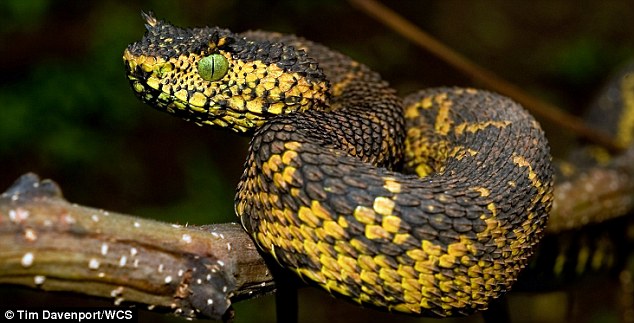
Cool Facts About The Matilda’s Horned Viper
- Matilda’s Horned Viper is an arboreal snake (it likes the trees) that was discovered in late 2011
- Researchers found this interesting looking snake slithering around parts of Tanzania. The exact location has been kept a secret to dissuade people from collecting it for the illegal pet trade (it is incredibly sad that we are forced to keep it a secret but I guess that is the society we live in)
- Although this snake has a menacing look, I find it difficult to be afraid of an animal that was named after a 7 year old girl. The Matilda’s Horned Viper was indeed named after the 7 year old daughter of the scientist who made the discover – when is someone going to name a cool animal after me?!?
A Menacing Look
With one quick glance at this Horned Viper, you will easily notice the bright yellow and black colouration. And what have we learned about animals that are brightly coloured? Very good, that’s right – you stay away from them as they are most likely poisonous. Although, we are not exactly sure how venomous the Matilda’s Horned Viper is, they belong to a group of venomous vipers that have no known antidote. Luckily, according to Tim Davenport, who was on the discovery team, indicated that this particular snake is quite relaxed and not very aggressive. Apparently, he has handled one several times without any issues, although I don’t recommend you rushing out to try man-handling a Horned Viper (see http://www.guardian.co.uk/world/2012/jan/11/matildas-horned-viper-newest-snake for the full story).
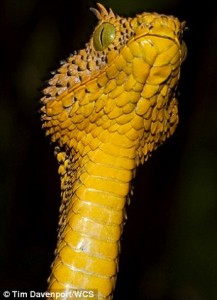
Soon To Be Homeless
Unfortunately, Matilda’s Horned Viper is most likely going to be listed by the IUCN as critically endangered. As a result, the discovery team has kept their location a secret in an attempt to dissuade people from selling them in the pet trade. However, this is not the only threat these snakes are facing as the destruction of their habitat will most likely leave them homeless. Considering they are only found in an 100 square kilometre (39 square miles) area, it won’t take much to wipe out their home. Luckily, the researchers have successfully captured 12 and are currently implementing a breeding program in an effort to save this species from vanishing off the face of the earth.
This brings up a very interesting question – Do you think humans should be interfering with the success (or demise) of this species?
Let us know in the comments below or better yet, why not answer on the Wild Facts Facebook Poll.

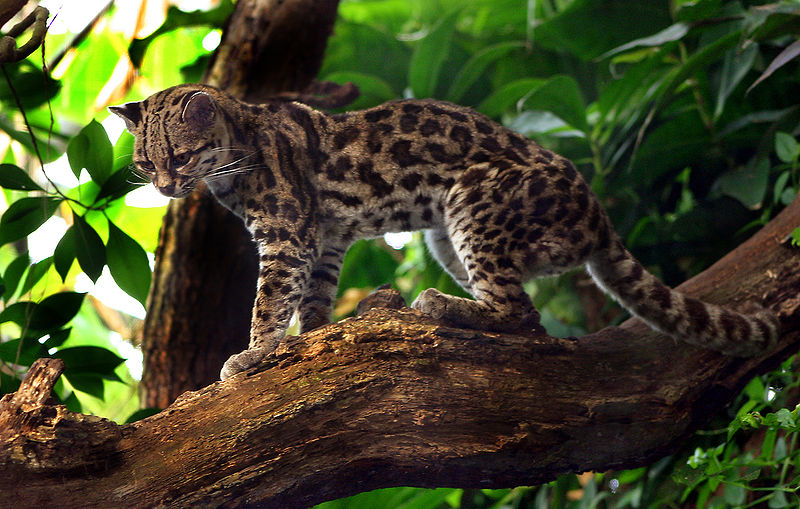
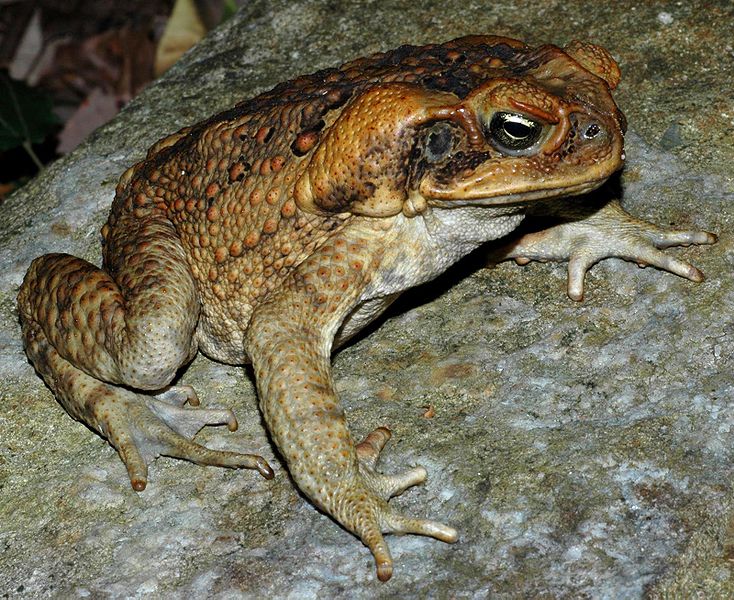
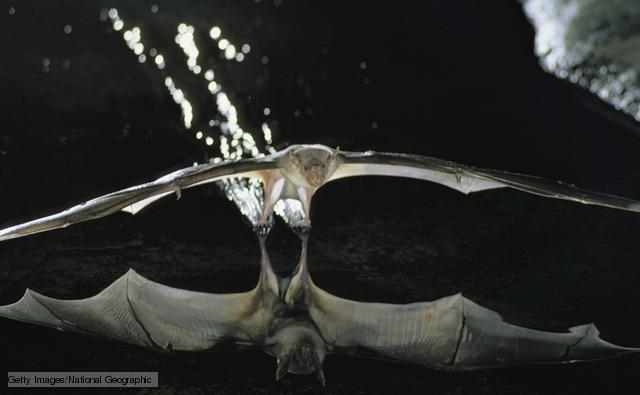
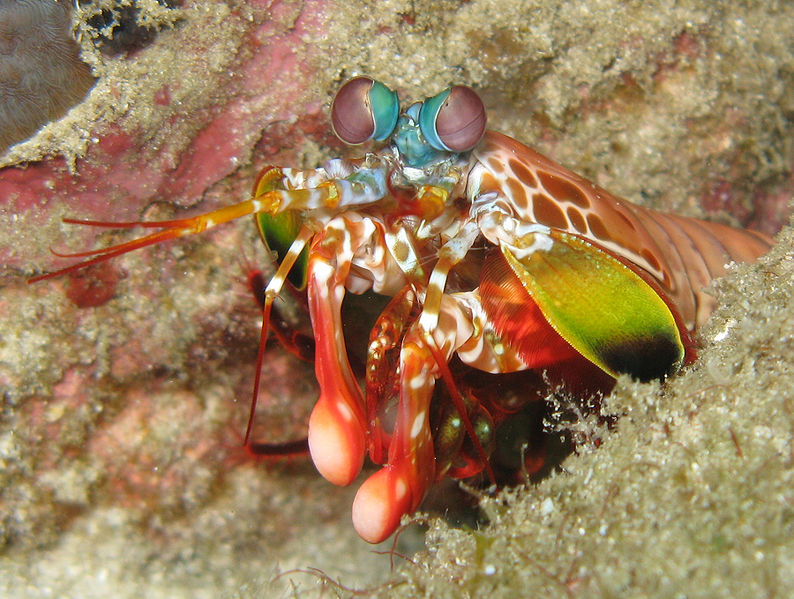
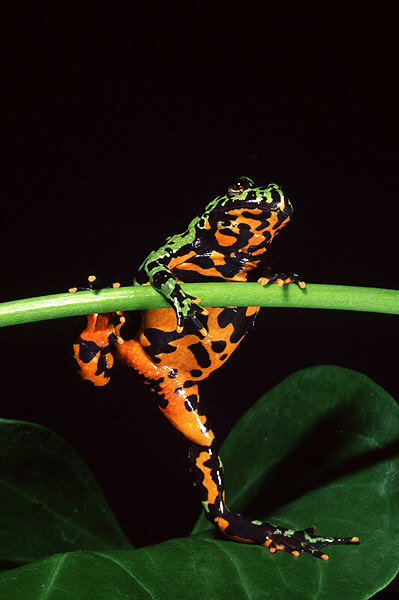
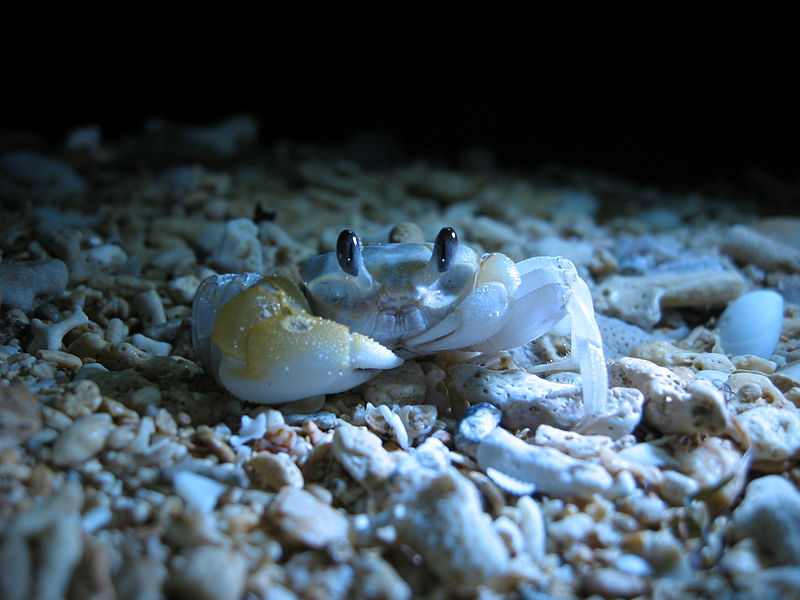
I can’t believe people to destroy habitats in the first place! Wake up people! We’re killing our home! We’re not going to get another one, like a rich parent replacing a child’s toy! If you don’t wake up and smell the disaster we’ll all die! Unless you want to die from such a ridiculous cause go ahead. But if you go to the afterlife and someone asks you how you died, and you say “I refused to save the Earth so I was poisoned with air pollution and didn’t have any fresh water to drink or food to eat.” I’m not going to be there to give you sympathy.